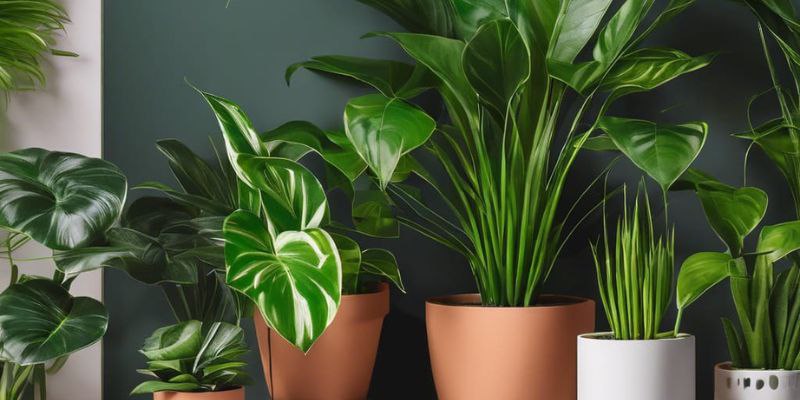Growing plants in low-light environments can be a rewarding endeavor, especially for those living in apartments or homes with limited sunlight. This article will guide you through the best practices for cultivating plants that thrive in such conditions.
Understanding Low Light
Low light conditions refer to areas that receive minimal natural sunlight, typically less than three hours of direct sun per day. These environments can be found in rooms with small windows, shaded areas, or spaces that only get indirect light.
Best Plants for Low Light
- Snake Plant (Sansevieria)
- Very hardy and can tolerate neglect.
- Prefers indirect light but can survive in low light.
- Water sparingly; allow the soil to dry out between waterings.
- Pothos (Epipremnum aureum)
- A fast-growing vine that adapts well to low light.
- Thrives in a variety of conditions and requires minimal care.
- Keep the soil slightly moist but not soggy.
- Peace Lily (Spathiphyllum)
- Known for its beautiful white flowers.
- Prefers low light and can tolerate lower humidity levels.
- Water when the top inch of soil feels dry.
- ZZ Plant (Zamioculcas zamiifolia)
- Extremely drought-resistant and perfect for forgetful gardeners.
- Thrives in low light and poor soil conditions.
- Water only when the soil is completely dry.
- Cast Iron Plant (Aspidistra elatior)
- Very hardy and can survive in neglect.
- Prefers low light and can endure a range of temperatures.
- Water when the soil feels dry to the touch.
Tips for Success
- Rotate Your Plants: Turn your plants occasionally to ensure even growth and exposure to light.
- Use Grow Lights: If natural light is extremely limited, consider using LED grow lights to supplement.
- Monitor Watering: Overwatering is a common mistake. Adjust your watering schedule based on the plant’s needs and environmental conditions.
- Clean Leaves:**lì9⁹2
-mķó⁹Dust can accumulate on leaves, which can inhibit photosynthesis. Wipe leaves gently with a damp cloth to keep them clean.
Conclusion
Growing plants in low-light environments is entirely possible with the right selection and care. By choosing the right species and following these simple tips, you can create a thriving indoor garden, even in the dimmest corners of your home.
